LNC Wood Kitchen Chandelier 5-Light Linear Farmhouse Black Island Dining Room Chandelier Pendant with Rustic Rectangle Frame
Modern farmhouse-style chandelier accentuates your kitchen space. Dimmable with a dimmer switch for customized brightness. Exposed bulb design for optimum illumination.
Induce a rich rustic look to your home with the Eliora wood chandelier collection! A countryside-inspired design and weathered pine wood give the pendant light a farmhouse style all its own. The exposed bulb design can maximize the illumination, which is also low maintenance, easy to clean and replace. This rectangular linear chandelier is perfect in a kitchen or above a long dining table. Pair with the Eliora 3-Light Island Chandelier in a kitchen or above a long dining table for a coordinating look.
- [Rustic Farmhouse Lighting] A mix of solid wood and rustic black iron accents is built to last for years and stay in your family
- [Black and Wood Light Fixture] Featuring hand selected wood with rich color and smooth texture, the modern wooden chandelier fills your laid-back space with an authentic and rustic allure
- [Cage Hanging Ceiling Light] Distressed looking wood frame and hand painted black finish will add intrigue to any space no matter if its a kitchen, dining room, bedroom, or living room
- [Dimmable Rustic Light Fixture] Fully dimmable when with compatible dimmer switch and bulbs(not included) to create a mood you’re going for
- [Sturdiest Structure Kitchen Island Lighting] Solid wooden frame and wrought iron construction provide extra durability
- [Distinctive Natural Wood Chandelier] Crystal and glass chandeliers are pricey, this natural wood chandelier allows you to create an upscale look without breaking your budget
- [Professionals Preferred Choice] You can be certain you’ve selected a piece that will withstand the test of time
- [Bulb Requirement] Use 5 x E26/medium base max 60-Watt bulb (not included). Bulb recommendation: 60-Watt Equivalent ST19 Vintage Edison Bulb (item#207069098)
- [Adjustable Hanging Height] Includes (2) 10″ rods and (2) 20″ rods in two sets. Sloped ceiling adaptable
Additional information
| Chain Length (in.) | 60 |
|---|---|
| Fixture Depth (in.) | 10 |
| Fixture Height (in.) | 10 |
| Fixture Weight (lb.) | 13 |
| Fixture Width (in.) | 32 |
| Maximum Hanging Length (in.) | 60 |
| Mounting Deck Height (in.) | 1 |
| Mounting Deck Width (in.) | 5 |
| Certifications and Listings | UL Listed |
| Manufacturer Warranty | 2 year |

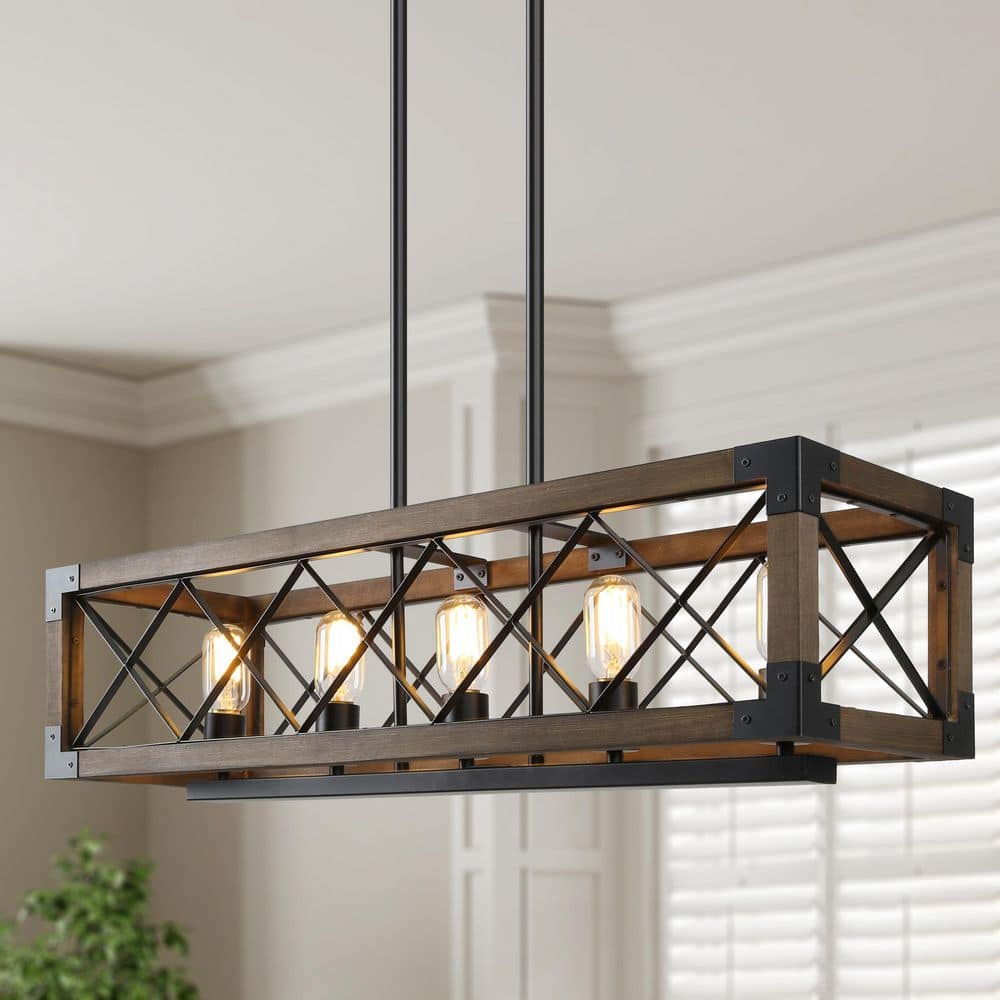
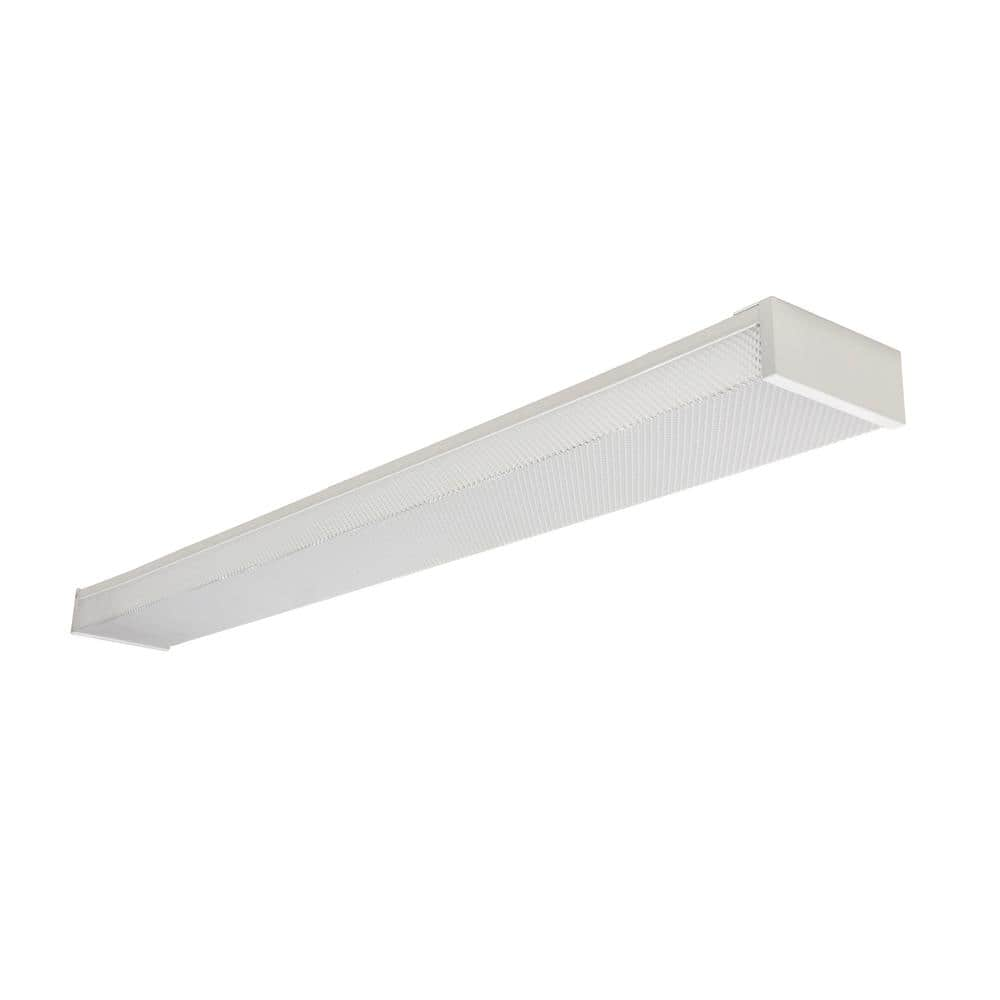
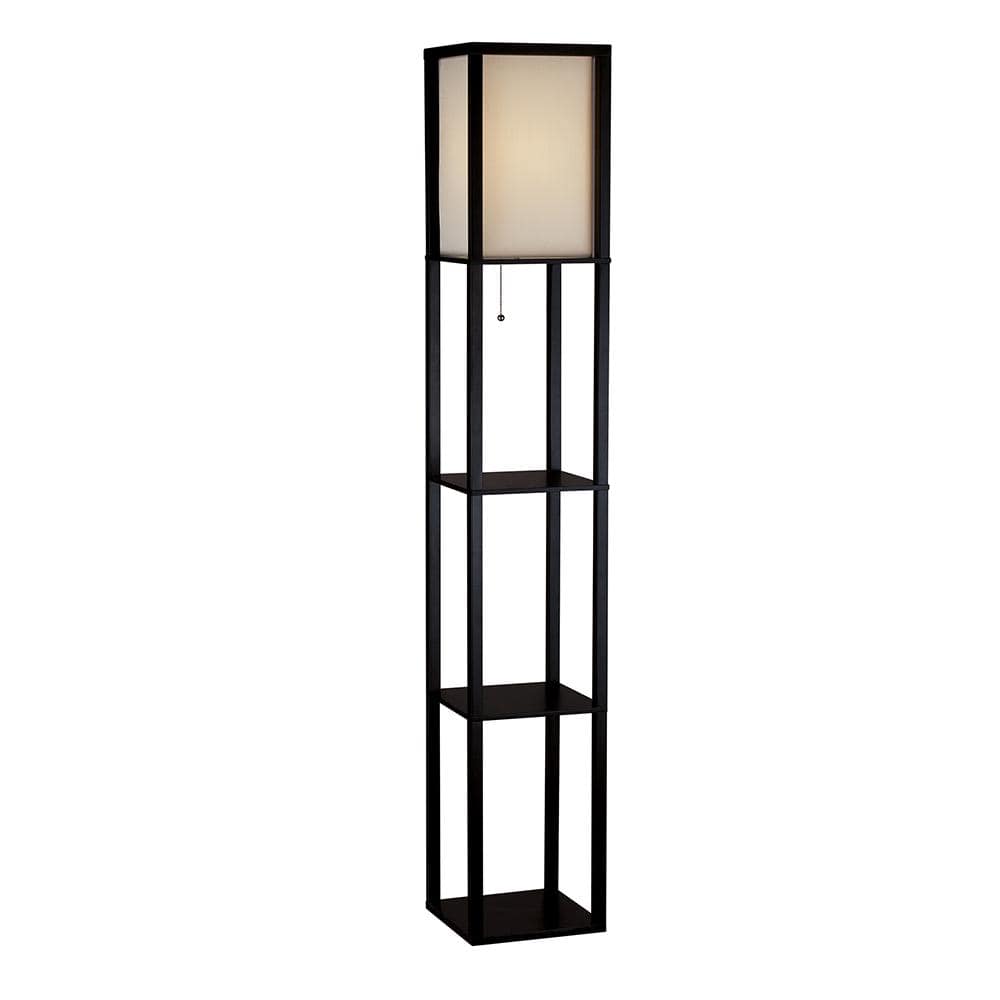
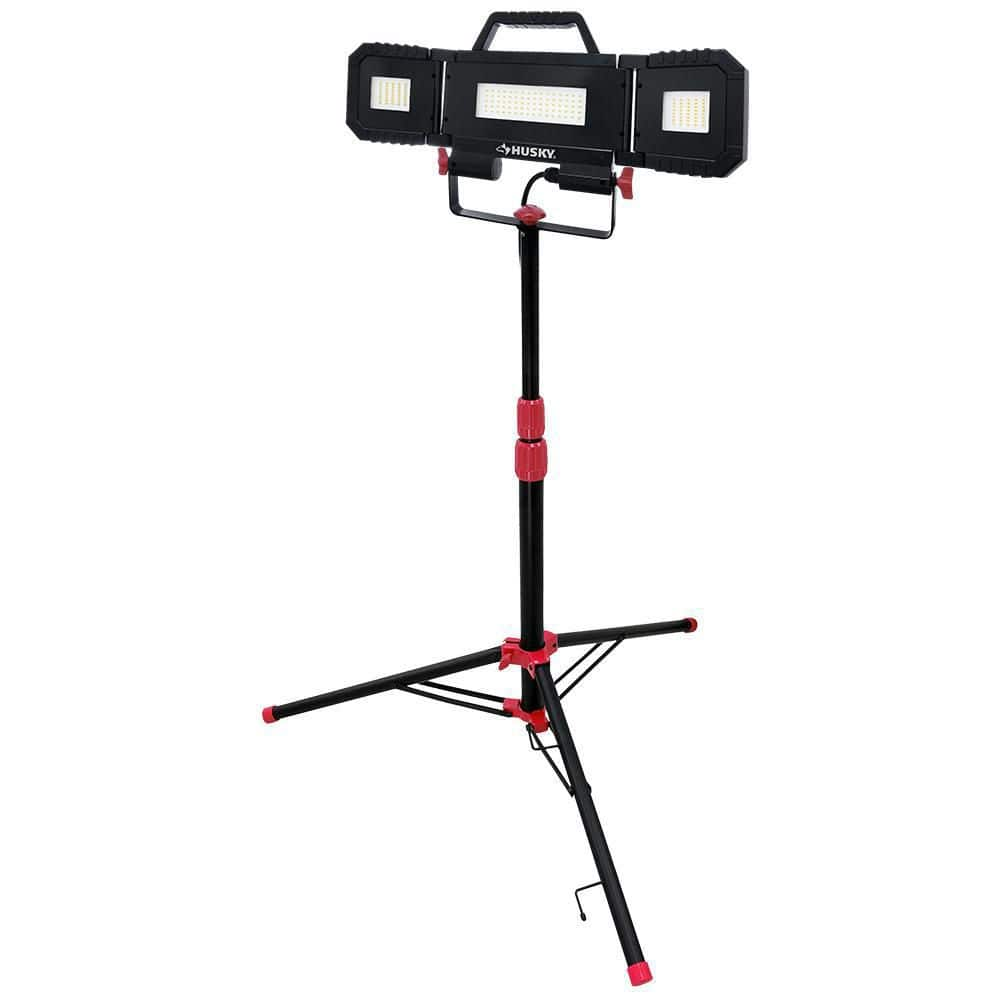
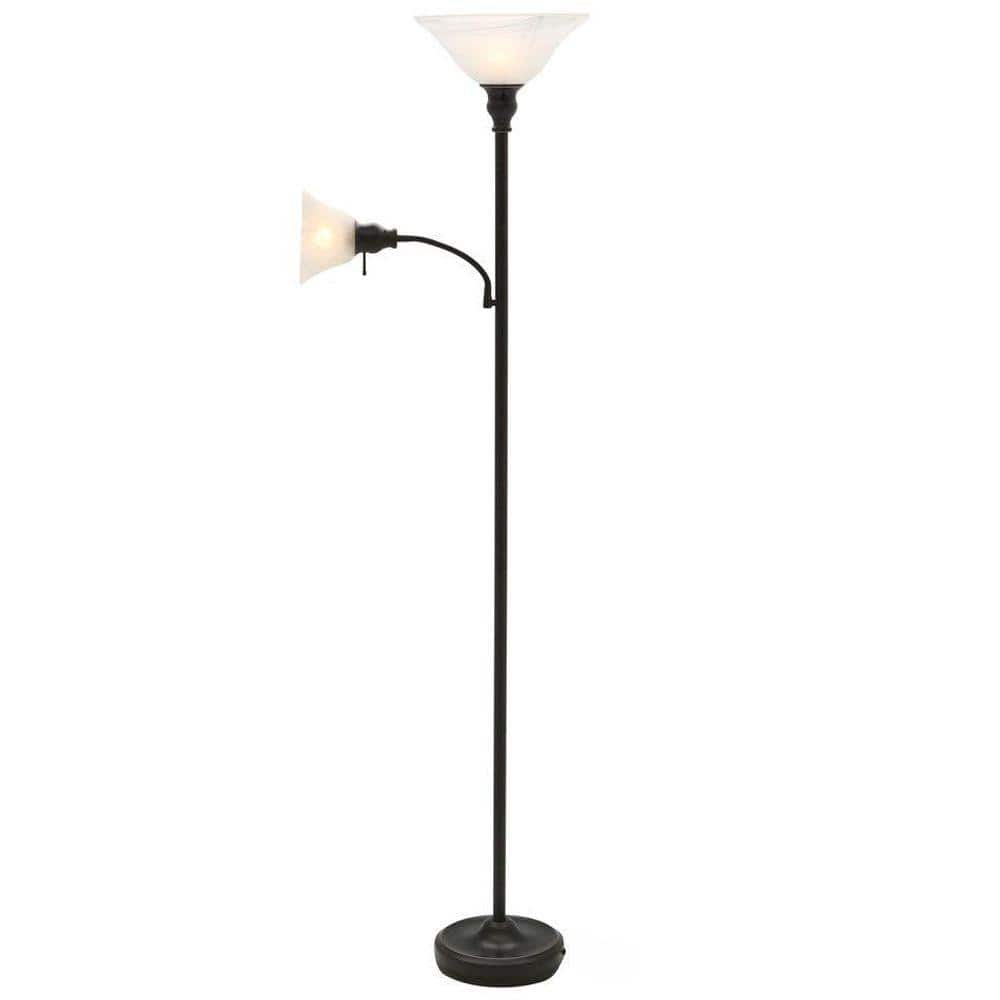
by Kori
We used 2 of these above our new kitchen island and our makes the space really pop! A centerpiece for our warm, rustic kitchen vibe!
by Butter
This was one of my best purchases. It is easy to assemble there are different lengths make it shorter or longer it was perfect over my dining room table. I love how this light fixture looks. Everyone that sees it, tells me how gorgeous it is.
by Glenn
Looks nice, assembled easily but be carefully not to rub the wood as it scuffs easily. I would also be careful how you clean it.